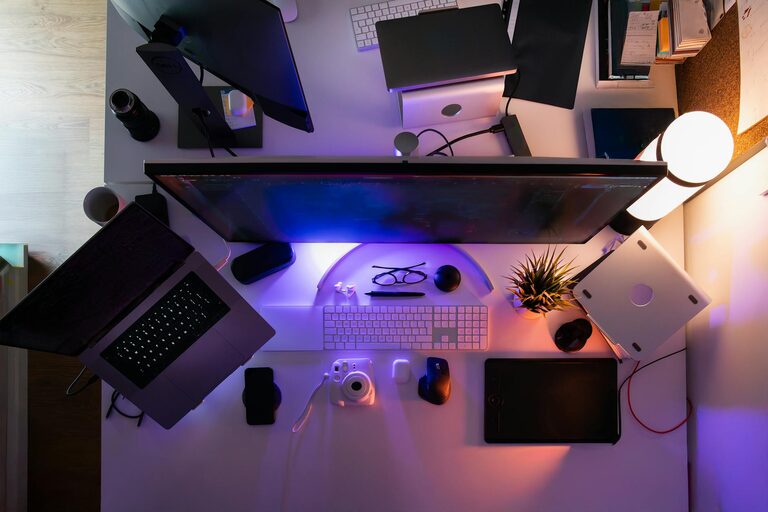
Spending hours in front of computers, smartphones, and tablets has become a daily routine for many people. While screens help us work, connect, and relax, excessive screen time can lead to eye discomfort and strain. Protecting your eyes during screen use is essential for maintaining good vision and overall well-being. In this post, we’ll explore practical tips and habits to help you reduce eye strain and keep your eyes healthy.
Understanding Digital Eye Strain
Digital Eye Strain, also known as Computer Vision Syndrome, refers to the discomfort and vision problems resulting from prolonged screen use. Symptoms may include dry eyes, blurred vision, headaches, and neck or shoulder pain. These symptoms occur because staring at screens requires intense focus and frequent blinking decreases, leading to dryness.
Ways to Protect Your Eyes During Screen Time
1. Follow the 20-20-20 Rule
A simple and effective method to reduce eye strain is the 20-20-20 rule. Every 20 minutes, take a 20-second break and look at something at least 20 feet away. This helps your eyes relax and reduces fatigue from focusing up close for long periods.
2. Adjust Your Screen Settings
– Brightness: Set your screen brightness to match the ambient lighting of your room so it’s not too bright or dim.
– Text Size & Contrast: Increase text size for easier reading and adjust contrast for comfortable viewing.
– Blue Light Filters: Use blue light screen filters or glasses especially in the evening to reduce blue light exposure, which can interfere with your sleep cycle.
3. Optimize Your Workspace Setup
Position your screen about an arm’s length away (20-24 inches) and slightly below eye level. This positioning helps reduce glare and strain on your eyes and neck. Also, use anti-glare screen protectors if your monitor reflects light.
4. Blink More Often
Blinking spreads moisture over your eyes to prevent dryness. When concentrating on screens, people tend to blink less. Remind yourself to blink regularly or use artificial tears if your eyes feel dry.
5. Use Proper Lighting
Avoid working in completely dark or overly bright environments. Use balanced ambient lighting to reduce contrast between your screen and surroundings, which minimizes eye strain. Position lights to avoid screen glare.
6. Take Regular Breaks
Besides short breaks every 20 minutes, incorporate longer breaks during your workday. Stand, stretch, and give your eyes a rest to help reduce overall fatigue.
7. Maintain Good Posture
Proper posture supports both your eyes and body. Sit with your back straight, feet flat on the floor, and shoulders relaxed. This reduces neck and shoulder tension which can contribute to discomfort.
8. Get Regular Eye Checkups
Routine eye exams can identify vision problems early and keep your prescriptions up-to-date. Discuss your screen use habits with your eye care professional, who may recommend specific lenses or strategies.
Additional Tips for Healthy Screen Habits
– Limit screen time before bed to improve sleep quality.
– Use dark mode settings at night to reduce eye strain.
– Keep your screen clean to avoid blurry images.
– Stay hydrated as it indirectly affects eye comfort.
Conclusion
Protecting your eyes during screen time is achievable with simple yet consistent habits. By following these tips, you can enjoy your digital activities comfortably and maintain healthy vision for years to come. Remember, your eyes are important—give them the care they deserve!
—
Feel free to share your own eye care tips in the comments below!
